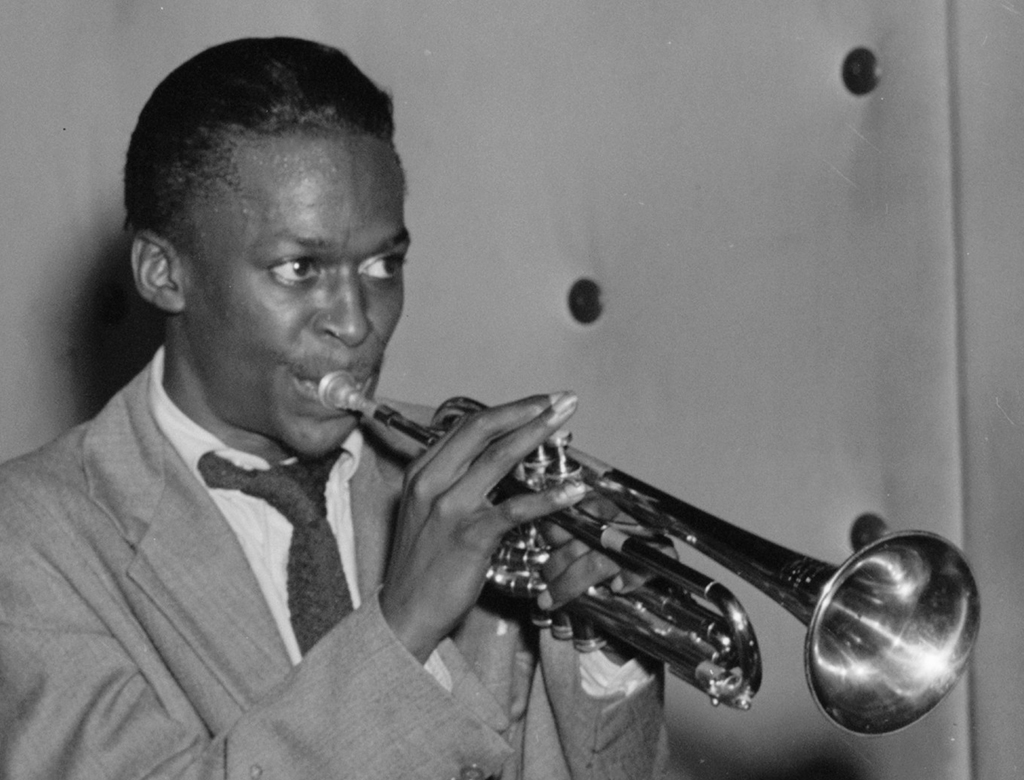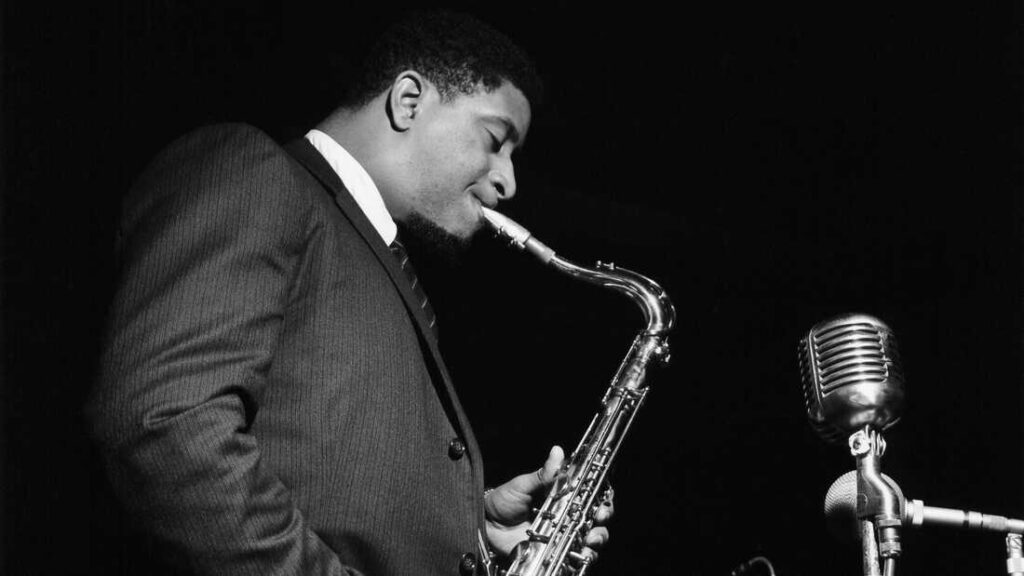Dive into the Power & Passion of ‘Tenor Madness
In the vast panorama of jazz, Sonny Rollins’ “Tenor…
Miles Davis‘ “Bag’s Groove” album represents a high point in the evolution of modern jazz, a distillation of the genre’s most innovative and compelling elements. Recorded in two sessions in June and December of 1954, the album features a stellar line-up of musicians, including Sonny Rollins, Horace Silver, and Milt Jackson. The result is a classic jazz sound that is at once timeless and of its moment, evocative of a specific time and place in the history of jazz.

The album opens with the title track, “Bag’s Groove (Take 1),” a laid-back blues number that features Milt Jackson on the vibraphone. The song’s relaxed tempo and soulful melody set the tone for the album, establishing a mood of cool sophistication that pervades the entire recording. Miles Davis’ trumpet playing is masterful, with a smooth, effortless sound that is both lyrical and precise.
On “Bag’s Groove (Take 2),” again Miles takes the lead on the first solo, backed by the expert rhythm combination of Percy Heath and Kenny Clarke. Davis’ solo is a model of understated elegance, with a fluid, melodic style that showcases his technical prowess without ever sacrificing musicality. Milt Jackson follows with a forceful, declarative solo, punctuated by bursts of percussive energy that showcase his virtuosity on the vibraphone. Thelonious Monk’s piano playing is equally impressive, with a rhythmic complexity and harmonic sophistication that make his contributions to the song truly stand out.

The album’s first track on side 2, “Airegin,” is a minor-key blues number that features Miles Davis and Sonny Rollins on the melody. Horace Silver’s piano playing is particularly noteworthy on this track, with a percussive, syncopated style that adds depth and texture to the arrangement. Davis and Rollins each take three thoughtful, swinging solos, with Heath and Clarke providing a solid, swinging rhythm section throughout. The song’s title, “Airegin,” is actually a clever inversion of the word “Nigeria,” which gives the song an added layer of cultural resonance and significance.

“Oleo,” the album’s second track on side 2, is a medium-tempo swing number that features Miles Davis and Sonny Rollins on the melody. The song’s accompaniment is varied, with Heath and Clarke providing a solid foundation for the melody, while Horace Silver and Percy Heath add flourishes and embellishments to the arrangement. Davis’ solo is puckish and muted, with a playful, mischievous quality that reflects his unique style and sensibility. Rollins’ solo is similarly impressive, with a rich, full-bodied sound that showcases his technical prowess and emotional depth.
The album’s third track on side 2, “But Not for Me,” is a melancholy ballad that features Miles Davis and Sonny Rollins on the melody. The song’s medium tempo and romantic, bittersweet melody make it a standout on the album, with Davis and Rollins both delivering soulful, emotive solos that tug at the heartstrings. Horace Silver and Percy Heath provide sensitive, supportive accompaniment throughout, with Kenny Clarke’s subtle brushwork adding a sense of intimacy and delicacy to the arrangement.
Overall, “Bag’s Groove” represents a high point in the evolution of modern jazz, a timeless classic that continues to inspire. With its exceptional musicianship, innovative compositions, and sophisticated arrangements, the album showcases the unique talents of some of the greatest jazz artists of all time.
From the soulful blues of “Bags’ Groove” to the intricate harmonies of “Oleo,” each track on the album captures the essence of the modern jazz era. It is a testament to the artistic genius of Miles Davis and his collaborators that the music remains fresh and relevant today, more than 60 years after its initial release.
For jazz aficionados and casual listeners alike, “Bag’s Groove” is a must-have in any collection. Its impact on the world of music cannot be overstated, and its legacy continues to inspire new generations of musicians and fans. Whether you are a seasoned jazz enthusiast or simply someone who appreciates great music, this album is not to be missed.